This is custom heading element

A
t 3,820 meters above sea level, Mount Chirripó in Costa Rica is one of the highest points in Central America. It’s also where Georgia State scientists and students are studying how continental crust is formed.
“Whether continental crust is being formed today and under what conditions continues to be one of the most significant questions in geosciences,” says Paulo Hidalgo, senior lecturer in the Department of Geosciences. “In Costa Rica, we can reconstruct the beginnings of continental crust that has formed more recently — millions of years ago, as opposed to billions.”
The image above is a thin section of granite (a type of igneous rock derived from magma) as seen through a petrographic microscope, which researchers use to analyze the mineral content of the sample. Relationships between crystals in the rock and their chemistry can shed light on its history as it cooled from a molten state, allowing scientists to make inferences about the source of its magma. The research will also help further pinpoint when the Central American isthmus — the narrow strip of land linking North and South America — closed, cutting off the Pacific Ocean from the Caribbean Sea and marking the beginning of a major global climate shift.
Image courtesy of Russell Kirn

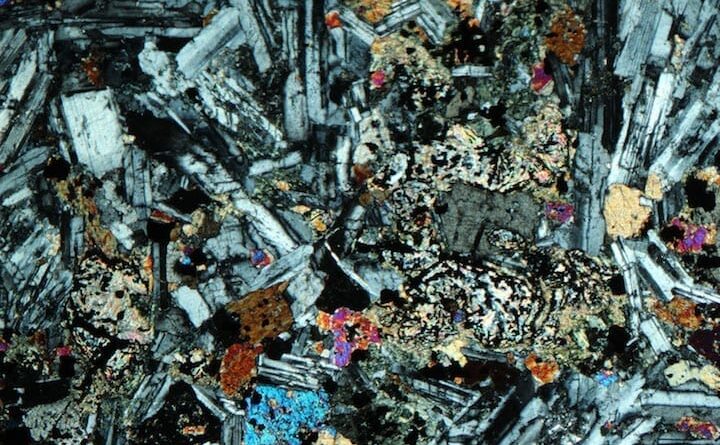

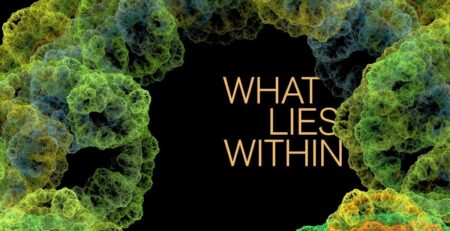
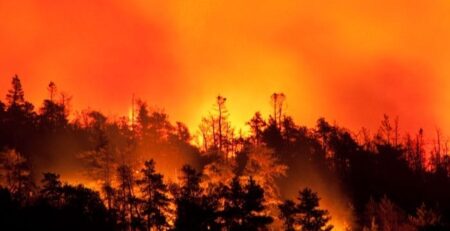
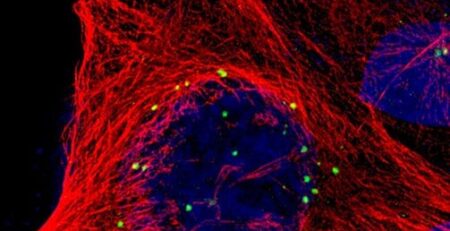





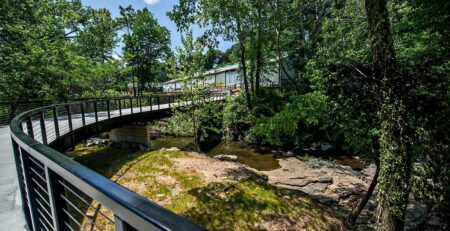
Leave a Reply